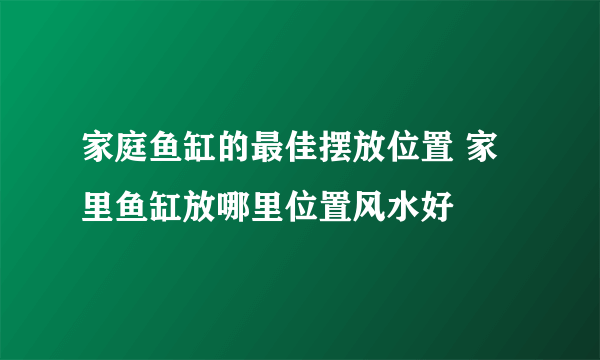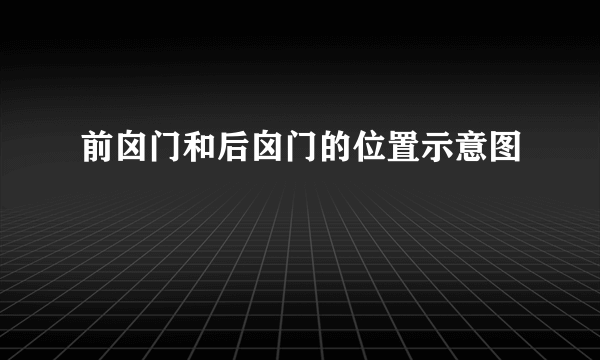
坐地铁,2号转10号再转8号线
你机场哪的~我也机场的```
从南苑机场到国家体育场去的公交换乘,推荐方案:方案 1: [换乘 1 次]
先乘 机场6线(南苑机场-西单) 在 南苑机场 站上车, 在 西单 站下车; 最后换乘 奥运专3(复兴门南-西场站) 在 西单路口南 站上车, 在 奥林匹克西公交场站 站下车; 行车路程31.6公里。
方案 2: [换乘 2 次]
先乘 机场6线(南苑机场-西单) 在 南苑机场 站上车, 在 西单 站下车; 换乘 地铁1号线(苹果园-四惠东) 在 西单 站上车, 在 王府井 站下车; 最后换乘 803(彩虹城-宏福苑小区) 在 王府井路口北 站上车, 在 安慧桥北 站下车; 行车路程29.5公里。
方案 3: [换乘 1 次]
先乘 501(南苑机场-草桥) 在 南苑机场 站上车, 在 大红门桥 站下车; 最后换乘 985(大红门集美家居-双兴苑) 在 大红门桥 站上车, 在 安慧桥北 站下车; 行车路程37.3公里。
方案 4: [换乘 1 次]
先乘 750(南小街西里-东坝建材城) 在 宇航小区 站上车, 在 朝阳门外 站下车; 最后换乘 858(康家沟-天通北苑) 在 朝阳门外 站上车, 在 安慧桥北 站下车; 行车路程39.6公里。
方案 5: [换乘 2 次]
先乘 750(南小街西里-东坝建材城) 在 宇航小区 站上车, 在 建国门南 站下车; 换乘 地铁2号线(外环) 在 建国门站 站上车, 在 安定门 站下车; 最后换乘 328(安定门-马连洼) 在 安定门 站上车, 在 安慧桥北 站下车; 行车路程36.2公里。
方案 6: [换乘 2 次]
先乘 机场6线(南苑机场-西单) 在 南苑机场 站上车, 在 西单 站下车; 换乘 地铁1号线(苹果园-四惠东) 在 西单 站上车, 在 东单 站下车; 最后换乘 108(崇文门外-大屯南) 在 东单路口北 站上车, 在 安慧桥北 站下车; 行车路程31公里。
方案 7: [换乘 1 次]
先乘 501(南苑机场-草桥) 在 南苑机场 站上车, 在 大红门桥 站下车; 最后换乘 740内(十八里店村-十八里店村) 在 大红门桥 站上车, 在 亚运村 站下车; 行车路程45公里。
方案 8: [换乘 1 次]
先乘 750(南小街西里-东坝建材城) 在 宇航小区 站上车, 在 雅宝路 站下车; 最后换乘 特2(丽泽桥北-炎黄艺术馆) 在 雅宝路 站上车, 在 安慧桥北 站下车; 行车路程40.1公里。
方案 9: [换乘 2 次]
先乘 750(南小街西里-东坝建材城) 在 宇航小区 站上车, 在 建国门南 站下车; 换乘 地铁2号线(外环) 在 建国门站 站上车, 在 安定门 站下车; 最后换乘 643(安定门-九龙游乐园) 在 安定门 站上车, 在 安慧桥北 站下车; 行车路程37.8公里。
方案 10: [换乘 2 次]
先乘 机场6线(南苑机场-西单) 在 南苑机场 站上车, 在 西单 站下车; 换乘 地铁1号线(苹果园-四惠东) 在 西单 站上车, 在 天安门东 站下车; 最后换乘 奥运专2(前门-北场站) 在 天安门东 站上车, 在 北辰西桥北 站下车; 行车路程32公里。
“鸟巢”位于北京奥林匹克公园内、北京城市中轴线北端的东侧,建筑面积25·8万平方米。除了承担奥运会开、闭幕式任务外,还将在这里进行田径、男子足球决赛等奥运会的重要比赛。这个体育场能容纳观众10万人,其中临时坐席2万个。奥运会后,可承担重大体育比赛、各类常规赛事以及非竞赛项目,是北京奥运会的一座标志性建筑,是北京奥运会留下的宝贵遗产,同时也将成为北京市民广泛参与体育活动及享受体育娱乐的大型专业场
所。
英文介绍
Beijing National Stadium (Bird's Nest/Olympic Stadium)
The Beijing National Stadium, also known as the bird's nest will be the main track and field stadium for the 2008 Summer Olympics and will be host to the Opening and Closing ceremonies. In 2002 Government officials engaged architects worldwide in a design competition. Pritzker Prize-winning architects Herzog & de Meuron collaborated with ArupSport and China Architecture Design & Research Group to win the competition. The stadium will seat as many as 100,000 spectators during the Olympics, but this will be reduced to 80,000 after the games. It has replaced the original intended venue of the Guangdong Olympic Stadium. The stadium is 330 metres long by 220 metres wide, and is 69.2 metres tall. The 250,000 square metre (gross floor area) stadium is to be built with 36 km of unwrapped steel, with a combined weight of 45,000 tonnes. The stadium will cost up to 3.5 billion yuan (422,873,850 USD/ 325,395,593 EUR). The ground was broken in December 2003, and construction started in March 2004, but was halted by the high construction cost in August 2004.
In the new design, the roof of the stadium had been omitted from the design. Experts say that this will make the stadium safer, whilst reducing construction costs. The construction of the Olympic buildings will continue once again in the beginning of 2005.
In depth
The stadium's appearance is one of synergy, with no distinction made between the facade and the superstructure. The structural elements mutually support each other and converge into a grid-like formation - almost like a bird's nest with its interwoven twigs. The spatial effect of the stadium is novel and radical, yet simple and of an almost archaic immediacy, thus creating a unique historical landmark for the Olympics of 2008.
The stadium was conceived as a large collective vessel, which makes a distinctive and unmistakable impression both from a distance and when seen from up close. It meets all the functional and technical requirements of an Olympic National Stadium, but without communicating the insistent sameness of technocratic architecture dominated by large spans and digital screens.
Visitors walk through this formation and enter the spacious ambulatory that runs full circle around the stands. From there, one can survey the circulation of the entire area including the stairs that access the three tiers of the stands. Functioning like an arcade or a concourse, the lobby is a covered urban space with restaurants and stores that invite visitors to stroll around. Just as birds stuff the spaces between the woven twigs of their nests with a soft filler, the spaces in the structure of the stadium will be filled with inflated ETFE cushions. Originally, on the roof, the cushions were to be mounted on the outside of the structure to make the roof completely weatherproof, but the roof has been omitted from the design in 2004.
While the rain was to be collected for rainwater recuperation, the sunlight was to filter through the translucent roof, providing the lawn with essential ultraviolet radiation. On the facade, the inflated cushions will be mounted on the inside of the structure where necessary, e.g. to provide wind protection. Since all of the facilities -- restaurants, suites, shops and restrooms -- are all self-contained units, it is possible to do largely without a solid, enclosed facade. This allows for natural ventilation of the stadium, which is the most important aspect of the stadium's sustainable design.
The sliding roof was an integral part of the stadium structure. When it was to be closed, it would have converted the stadium into a covered arena; however, the sliding roof was eliminated in an effort to cut costs and increase overall safety of the radical new structure.
Beijing National Stadium
Bird's Nest/Olympic Stadium
Facility statistics
Location Beijing
Broke ground Dec 2003
Opened Unknown
Closed N/A
Demolished N/A
Owner
Surface Grass
Construction cost 3.5 billion yuan
Architect Herzog & de Meuron
ArupSport
CAG
Tenants
Seating capacity
91,000 (80,000 Post Olympics)



